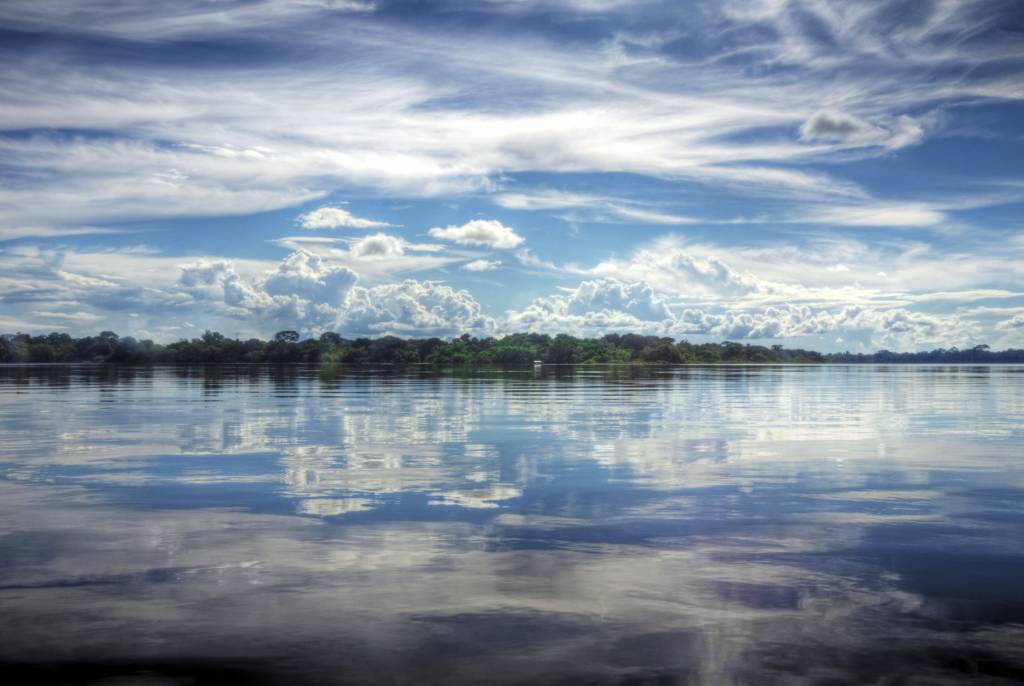Latin America has a long history of popular movements, whether it be in the environmental, political or economic context. Today these movements have established themselves as a major social and political force largely shaping regional realities. Below are highlights from conversations with climate activists in Latin America shedding light on the uniqueness of the climate movement in the region and what the global movement might be able to learn from this inspiring example.
1- Adapting to changing times
Similar to other regions in the Global South, Latin America continues to undergo a process of urbanisation as populations shift from rural to urban areas in search of economic opportunities. Although urbanisation brings forth many environmental problems and rural cultures are seen to be largely replaced by urban cultures, in the case of Latin America the rural and the urban activist groups have joined forces to confront the climate crisis. So rather than succumbing to the changing times dictated by urbanisation, they are adapting and joining forces with the emerging youth activist groups based in urban areas.
As Peruvian climate activist Majandra explains:
“I think the climate movement in Latin America is new but also quite old. Groups that are directly affected by climate change such as indigenous groups, women’s groups and rural groups have been mobilising around climate change related issues for a long time; but I also think that as a more urban and maybe a more youth led movement this is quite new to some extent. It’s a diverse and growing movement and more and more people are finding out what climate change is and how it’s affecting them and affecting others in different contexts.”
Majandra Rodriguez Acha, Peruvian climate activist and one of the founder of the activist group known as TierrActiva Peru
Listen to the below podcast where Majandra also talks about the realities of climate change in Latin America, impacted communities, the risks of being an environmental activist in the region, and more ..
2- United by the struggle for sustainable livelihoods
What observers refer to as Latin America’s climate movement is in fact a coming together of numerous movements. Not only does this add power to the climate struggle, but it is also an accurate reflection of the cross-cutting impact of climate change since it affects, livelihoods, jobs, health and beyond .. The coming together of these forces takes the climate conversation to another level and represents a whole new level of pressure on governments (who are lagging behind on climate action) while adding real power to the multiple voices united in their call for climate action.
Climate activist Nicky, who joined the Bolivian climate movement years ago, explains:
“Latin America has this huge movement which often doesn’t call itself the climate movement, but what they are doing is completely a part of the struggles against climate change. Two key elements at play: one is resistance and in Latin America there are huge resistance movements against the mega projects, fossil fuel extraction, mining, all of that which is often related more to territory issues and indigenous rights, but actually they are all connected to climate change and that’s incredibly strong right now in Latin America. And the other side of that is people building alternatives; across Latin America there are incredible experiences of building transition projects of people building communities, working with local organic agriculture building eco houses and urban gardening, these are happening all over Latin America. I think these are incredibly powerful in terms of how we face climate change and I think its really important for movements across the world to see what’s happening across Latin America and learn from those experiences.”
Nicky Scordellis part of the Bolivian climate activist group TierrActiva Bolivia
Listen to the below podcast where Nicky also talks about climate activists in Bolivia and how they are working to connect with other climate activist groups from across the region.
3- Driven by a powerful connection to their land
Across Latin America many indigenous spiritual traditions express ethics of respect for nonhuman life, for particular places and landscape features, and for the Earth itself. Consequently, this reverence towards nature is reflected in an understanding for the need to live in balance with the environment, respecting and protecting the eco-systems which make life on this planet possible.
In a world economy driven by capitalist pursuits, many view nature as a simple resource which should be exploited for economic gain. To confront this greed, and the destruction that ensues, many indigenous communities have stood in defence of nature, tragically too often costing them their lives.
Across Latin America, building on their indigenous roots, many are incorporating these concepts and spiritual traditions into a larger developmental approach. The premise of this approach is doing things in a community-centric, ecologically-balanced and culturally-sensitive manner. One such well known approach is called the Buen Vivir/Well Living movement which originated in Ecuador rooted in the worldview of the Quechua peoples of the Andes. Other social movements across South America have been inspired by this and have expanded the movement also linking to other indigenous belief systems, such as those of the Aymara peoples of Bolivia, the Quichua of Ecuador and the Mapuche of Chile and Argentina.
Read more on the “Buen Vivir” movement here: The Guardian – Buen Vivir: the social philosophy inspiring movements in South America
